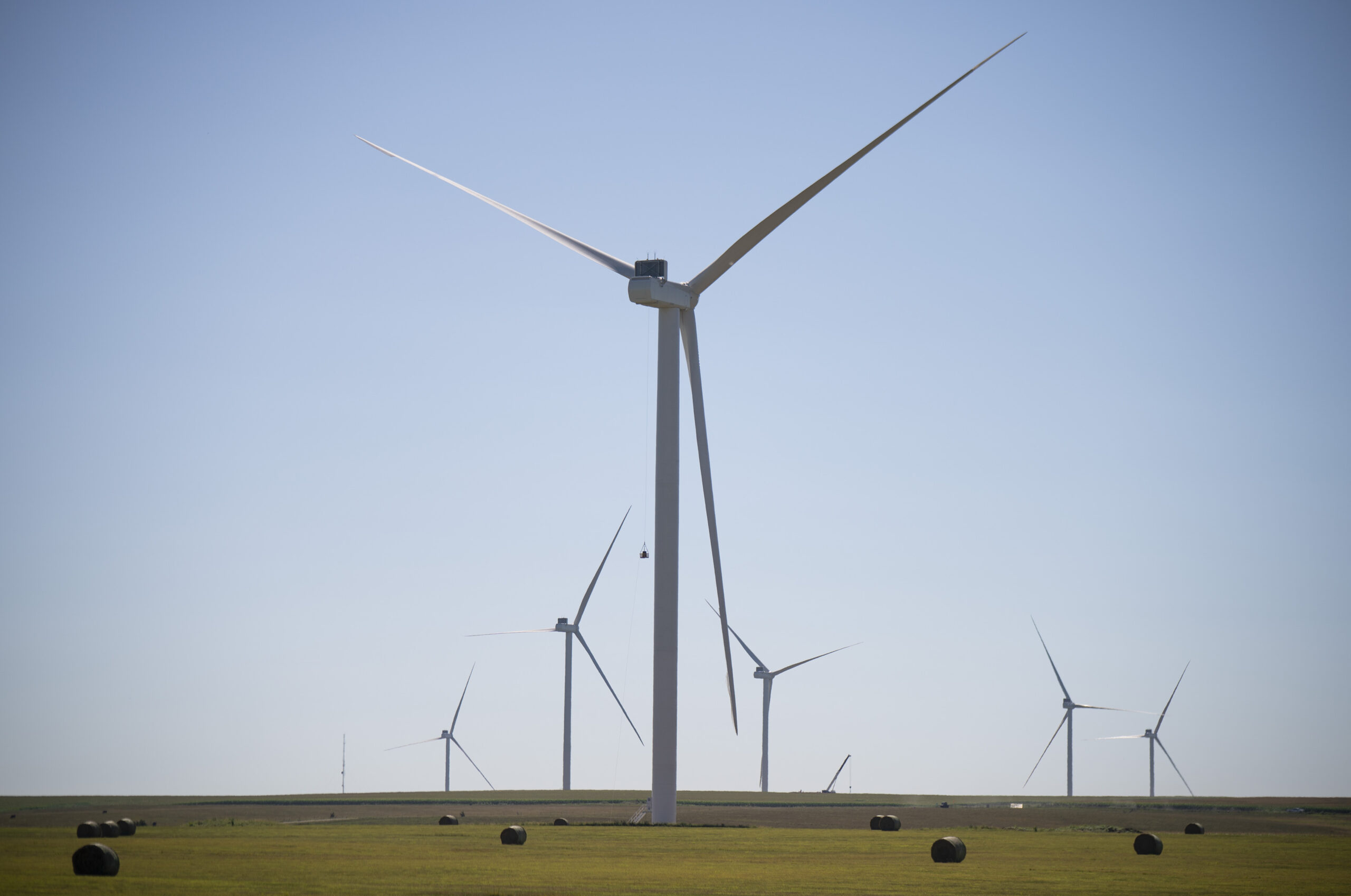The Renewable Future: Harnessing the Power of the Sun
What Is the Process of Solar Energy Production?
The idea behind solar energy may seem simple: harnessing the sun’s rays to create useful power. The technologies and underlying mechanisms underlying this process are intriguing and intricate, though. Let us examine the fundamentals of solar energy’s operation and the essential elements and ideas that contribute to its viability as a sustainable renewable energy source.
Understanding Solar Radiation
The sun, a massive nuclear fusion reactor that continuously releases massive amounts of electromagnetic radiation, is the source of solar energy. This radiation—which consists of ultraviolet, infrared, and visible light—travels through space’s vacuum and enters the Earth’s atmosphere, where it can be used to produce energy.
The Solar Spectrum
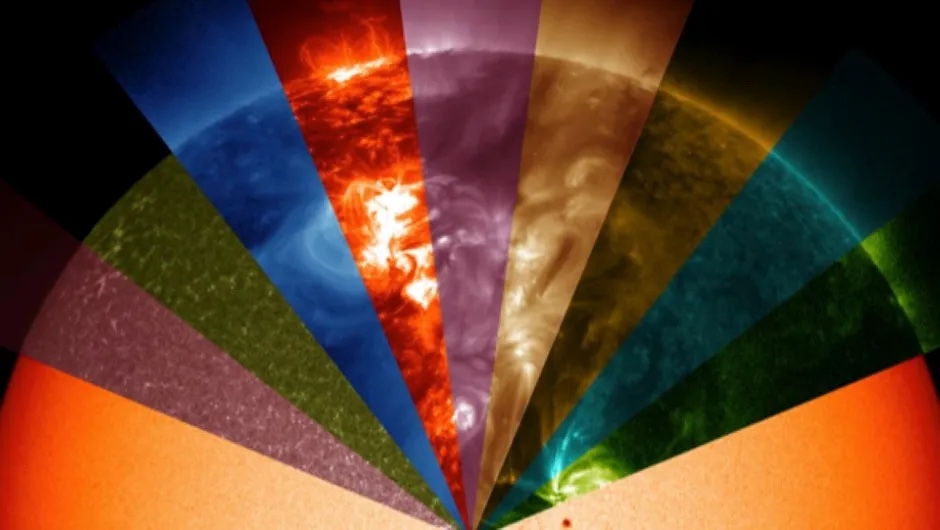
The spectrum of wavelengths and frequencies in the sun’s radiation is wide. What our eyes perceive as sunlight is actually a small portion of visible light, which makes up the entire solar spectrum. Sunburns are caused by ultraviolet rays, which have shorter wavelengths than infrared radiation, which has longer wavelengths and is felt as heat.
Solar Irradiance
Solar irradiance, or the amount of solar radiation that reaches the Earth’s surface, varies depending on a number of variables. These include the latitude, the season, the time of day, and the atmospheric factors like air pollution and cloud cover. Designing and optimizing solar energy systems requires a thorough understanding of and precise measurement of solar irradiance.
Photovoltaic Solar Energy Conversion

Photovoltaic (PV) systems are one of the main technologies used to harvest solar energy. The basic components of these systems, PV cells, are made to directly convert solar energy into electrical power by means of the photovoltaic effect.
The Photovoltaic Effect
The phenomenon known as the photovoltaic effect occurs when certain materials, usually semiconductors like silicon, have the ability to absorb photons, or light particles, and produce an electrical current as a result. An electric current is produced when photons enter a photovoltaic cell and excite the semiconductor material’s electrons, releasing them from their atomic bonds and allowing them to move through the material.
PV Cell Structure and Efficiency
Typically, photovoltaic cells consist of a thin semiconductor wafer sandwiched between conductive plates, containing a positive and a negative layer. A photovoltaic cell’s efficiency, or its capacity to convert solar radiation into electrical power, is determined by a number of factors, such as the type of semiconductor used, the design of the cell, and the method of manufacture.
Solar Thermal Energy Conversion
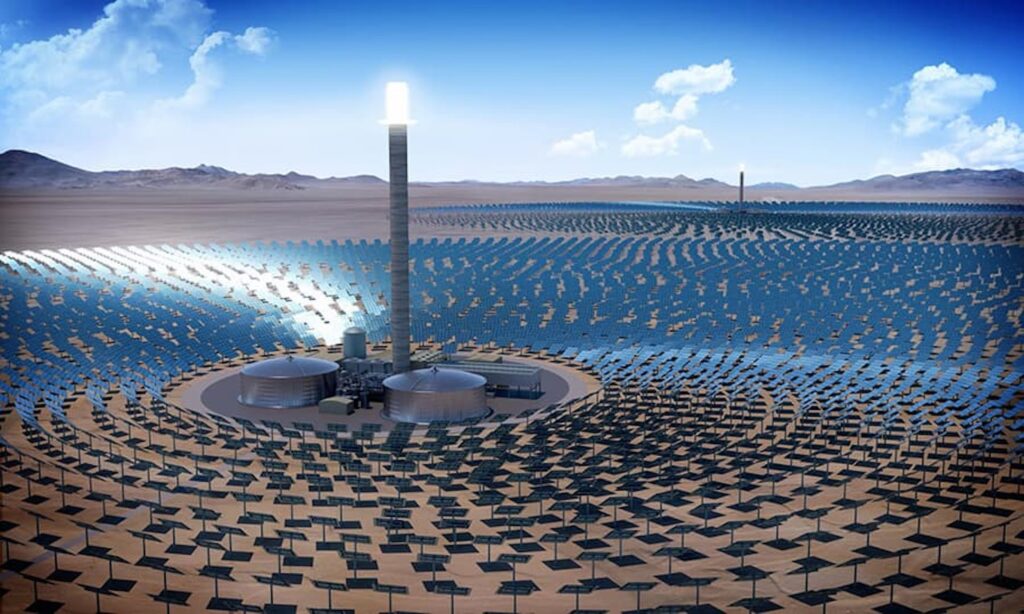
Solar energy can also be used with solar thermal technology, which transforms solar heat into thermal energy for use in a variety of applications, in addition to photovoltaic systems.
Solar Thermal Collectors
The purpose of solar thermal collectors, which include evacuated tube collectors and flat-plate collectors, is to collect solar radiation and convert it into heat that can be transferred to a heat-transfer fluid or water. Then, by employing a heat engine, this thermal energy can be used to heat buildings, heat water, or even produce electricity.
Concentrated Solar Power
The sun’s rays are focused onto a receiver in concentrated solar power (CSP) systems using mirrors or lenses, which heat a working fluid. After that, the heated fluid is used to create steam, which powers a turbine to produce energy. Large-scale solar power plants for utilities frequently use CSP systems.
Integrating Solar Energy into the Grid
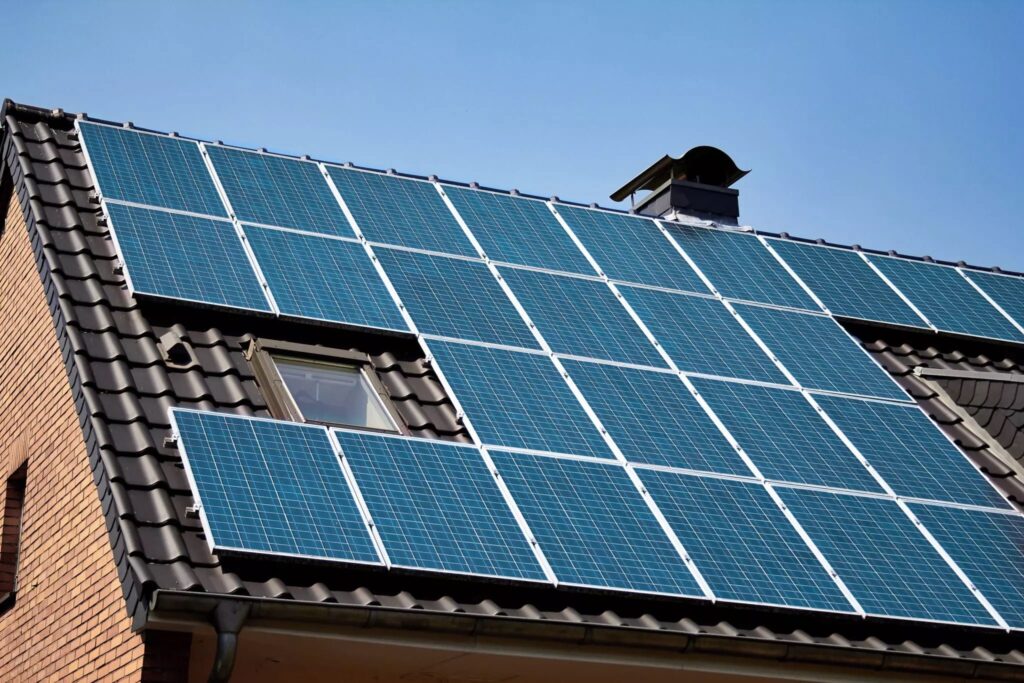
As solar energy grows in popularity, integrating solar power into the current electrical grid is an important thing to think about.
Grid Interconnection
To allow for the bidirectional flow of electricity, solar energy systems—whether they are large-scale solar farms or rooftop installations—must be properly connected to the electrical grid. This entails fulfilling a number of legal and technical requirements in order to guarantee the grid’s dependable and safe operation.
Energy Storage and Load Balancing
Energy storage devices and load balancing techniques are essential for addressing the intermittent nature of solar energy, which is reliant on the amount of sunlight available. A steady and dependable supply of electricity can be maintained by storing excess solar energy for use during times of low sunlight or high demand using batteries, pumped-hydro storage, and other cutting-edge technologies.
The Future of Solar Energy Technology
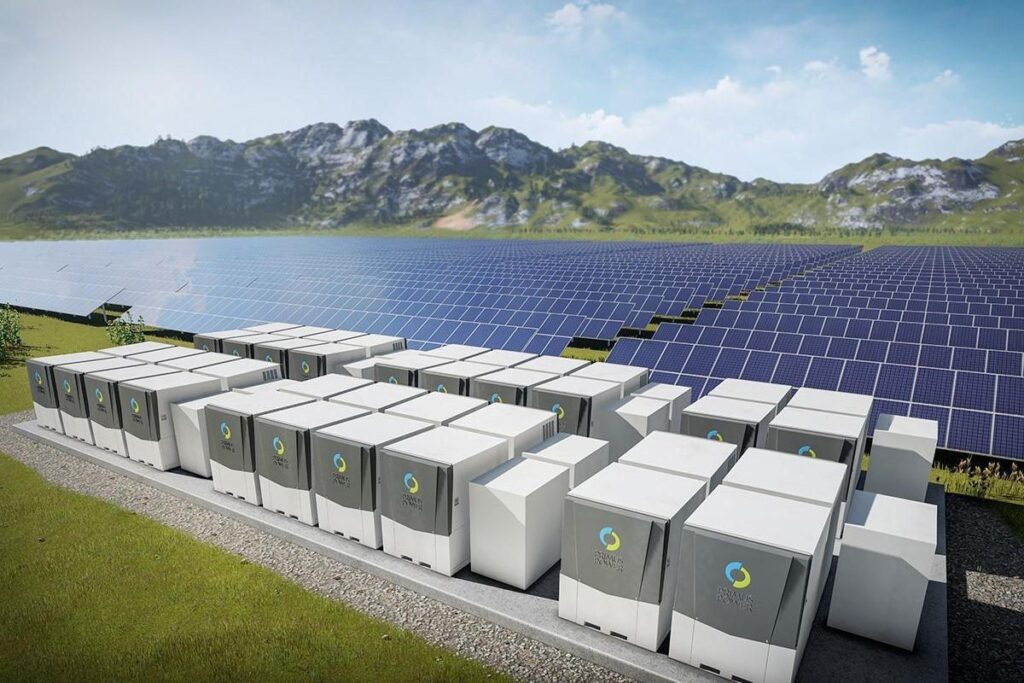
Research and development in the field of solar energy technology is advancing the technology’s efficiency, affordability, and accessibility, setting the stage for solar power to become a more significant player in the world’s energy landscape in the future.
Advancements in PV Technology
To improve the effectiveness and performance of photovoltaic systems, researchers are looking into new semiconductor materials, cell architectures, and manufacturing techniques. These developments are anticipated to lower the cost of solar energy and make it more affordable for a wider range of consumers and businesses, along with economies of scale and increased production.
Innovations in Solar Thermal Technology
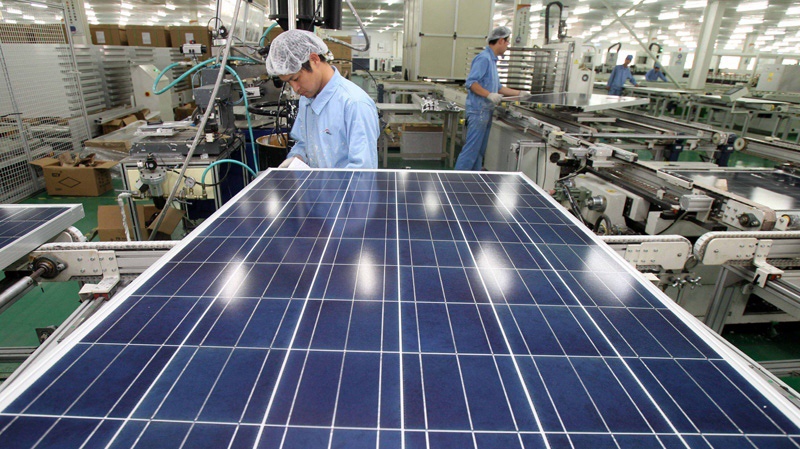
Significant progress is also being made in solar thermal technology, with advances being made in energy storage technologies, heat-transfer fluids, and collector designs. These developments are extending the uses of solar thermal energy beyond large-scale electricity generation and industrial processes to include heating and cooling of homes and businesses.
Integration with Smart Grid and Energy Storage
The development of smart grid technologies and sophisticated energy storage systems will be essential to optimizing the integration and utilization of solar power as solar energy is increasingly integrated into the electrical grid. By integrating these sources, the intermittent nature of solar energy will be mitigated and a dependable and robust energy supply will be guaranteed.
Ultimately, the processes underlying solar energy are sophisticated and intricate, entaild in absorbing solar radiation and transforming it into useful forms of heat and electricity. Renewable, sustainable, and eco-friendly power generation is becoming the standard in the future thanks to the advancement of solar energy technology, which started with the basic concepts of the photovoltaic effect and progressed to sophisticated grid integration and energy storage.

